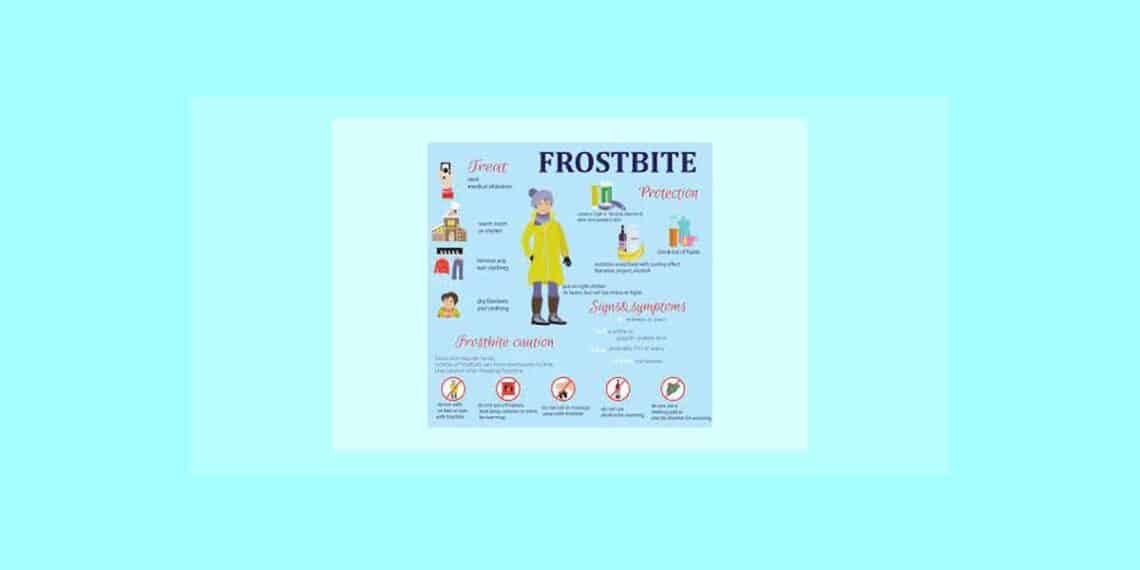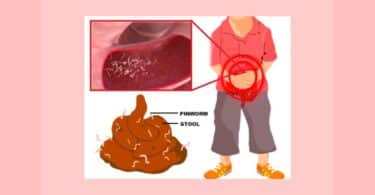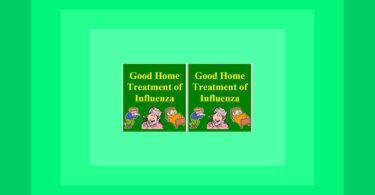GENERAL INFORMATION
DEFINATION
- Frostbite is the destruction of body tissue from exposure to temperatures or wind chill below freezing. Arms, legs, fingers, toes, face, nose, and ears are areas of the body that are usually affected.
- Nonfreezing cold injuries include frost-nip, chilblains, and immersion foot (cold and wet exposure).
BODY PARTS INVOLVED
Arms and legs (especially fingers and toes): face (especially nose and ears).
SEX OR AGE MOST AFFECTED
Both sexes: all ages (more common in males ages 30 to 49).
Causes of frost bite
- Increased capillary permeability due to aggregation of red blood cells and micro-vascular occlusion.
- Localized cold injuries: formulation of ice crystals in the tissues followed by expansion of crystals into extracellular spaces.
- Prolonged exposure to freezing temperature or to cold, wet environments.
- Rupture of cell membrane with compression of the tissue cell.
Signs and symptoms of frost bite
- Deep frostbite: pain, skin blisters, tissue necrosis, and gangrene, usually extending beyond subcutaneous tissue (most commonly, hands and feet); alteration of skin color from white or yellow to purplish blue (with thawing).
- Superficial frostbite: burning, tingling, numbness, swelling, and mottled, blue-gray skin color of skin and subcutaneous tissue (face, ears, extremities, and other exposed body areas)
Risk Factors and Preventive Measure for frost bite
Frostbite is theoretically simple to prevent by wearing proper clothing in cold weather (dry and layered, warm and loose), especially on hands and feet. Nose and ears should be protected; tight apparel (boots, gloves or clothing) should never be worm. Conditions that increase the likelihood of frostbite include emaciation, fatigue dehydration, and previous frostbite.
To stay warm, individuals should wear cotton blend socks (such as Orlon and cotton), not pure cotton socks. Clothes should be loose, and layered to help trap heat.
The inner clothing layer should be make of synthetic fabric, or a silk or wool blend that wicks away perspiration from the skin. The next layer should be something that insulates, like a wool shirt, for example. Waterproof, breathable boots and outer jackets are a good choice.
Since the head is the source of greatest heat loss, a hat must be worn in cold weather; mittens are better than gloves because they trap heat from the whole hand.
Individuals who must go outside in cold weather should eat warm food (oatmeal hot soup) to raise core body temperature, and drink plenty of fluids to stave off dehydration. Dehydration can worsen chills and frostbite by reducing blood volume. Caffeinated beverages, which constrict blood vessels and interfere with circulation, should be avoided. While alcohol may temporarily warm up hands and feet, it has a cumulative negative effect by increasing blood flow to the skin, reducing the core body temperature.
In any situation where freezing has occurred, thawing must be prevented if refreezing is a possibility. While is possible to survive local freezing of an extremity, the body’s internal temperature must be maintained, since loss of vital temperature can cause hypothermia and death.
Treatment options and outlook of frost bite
Normally body temperature should be restored before thawing any frostbitten flesh. A small area of frost-nipped skin can be rewarded by placing fingers or the heel of the hand over the affected area. Rapid thawing of the affected part in warm water baths is the current preferred treatment method for more extensive frost-nip and for frostbite.
If immediate emergency assistance is unavailable, severely frostbitten hands or feet should be thawed in warm, not hot, water (between 104-108° F) for 20 to 30 minutes. Other heat sources (such as heating pads) should not be used because the frostbitten tissue can still be burned by temperature that under normal conditions would not harm the skin. If the skin tingles and burns as it warms, circulation is returning. If numbness remains as the area is warmed, professional help should be obtained immediately.
A frostbitten are should never be rubbed as it thaws. If feet are affected, the patient should not walk on them. In additions, frostbitten patients should not smoke cigarettes, since nicotine causes the blood vessels to constrict and may inhibit circulation. Neither bandages nor dressing should be used.
Thawing time is determined by the temperature of the water and the depth of freezing; it is complete when the extremity flushes pink or red. After rapid thawing, small BLISTER appears, spontaneously rupturing in four to 10 days, followed by a black SCAB. Normal tissue may have formed below.
Constant digital exercise should be performed to preserve joint motion. Further treatment is designed to prevent infection and preserve function of the affected part.
In serve cases, antibiotics, bed rest, and physical therapy may be necessary after the affected part has been warmed; cigarette should be avoided during the entire recovery period.
The best chance of successful healing after frostbite occurs is when the affected part has not been frozen long, when thawing is rapid and when blisters develop early. The outlook is more uncertain when thawing is spontaneous at room temperature, when the part is frozen for a long time, or if the frostbite occurred in an area of fracture or dislocation.
A poor outlook is indicated if thawing is delayed or occurs due to excessive heat, if blisters are dark, or if thawing is followed by refreezing. Refreezing almost always ends in amputation.
In mild cases, damage can be reversed, but if frostbite is severe the flow of blood to the area stops. Unless immediate treatment is begun, the area will be irreversibly damaged and amputation of the extremity may be required.
Major complications include infection, tissue death, sensory loss, persistent deep pain, and limited joint movement. Permanent effects may include fixed scars, small muscle wasting, deformed joints, arthritic bone changes, and increased sensitivity to cold.
Homeopathic treatment of frost bite
Homeopathy is one of the most popular holistic systems of medicine. The selection of remedy is based upon the theory of individualization and symptoms similarity by using holistic approach. This is the only way through which a state of complete health can be regained by removing all the sign and symptoms from which the patient is suffering. The aim of homeopathy is not only to treat frost bite but to address its underlying cause and individual susceptibility. As far as therapeutic medication is concerned, several remedies are available to cure frost bite symptoms that can be selected on the basis of cause, sensations and modalities of the complaints. For individualized remedy selection and treatment, the patient should consult a qualified homeopathic doctor in person. There are following remedies which are helpful in the treatment of frost bite symptoms:
Lachesis, Secale Cor, arsenic, Phosphorus, Merc Sulph, Mezerium, Phosphoric Acid, Sulphur, Plumbum Met, Anacardium, Antim Tart, Conium Mac, Argentum Met and many other medicines.
Reference
H. Winter Griffith, Stephen Moore, KENNETH YODER-Complete Guide to Symptoms, illness & Surgery; 2006; 324
Lippincott Williams and Wilkins- Understanding diseases; 2007; 138
Carol Turkington, Jeffrey S. Dover- The encyclopedia of skin and skin disorders; 2007; 150-151




